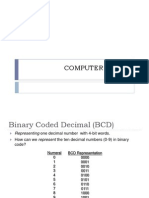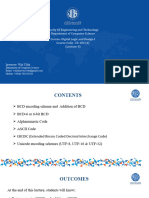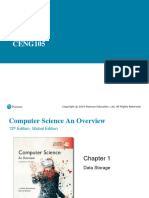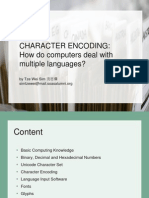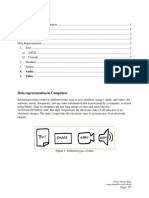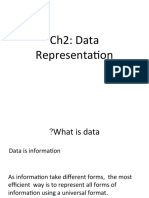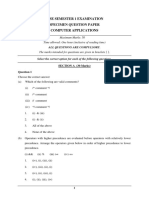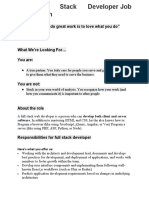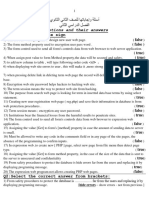0% found this document useful (0 votes)
31 views10 pagesEncoding Methods Detailed Lecture Notes 195 7
The document provides an overview of various digital encoding methods used to convert data into a format that computers can process and transmit. It discusses the purpose, components, importance, and common applications of encoding methods, including legacy and modern schemes such as ASCII, UTF-8, and UTF-16. The document highlights the significance of encoding in ensuring data compatibility, efficient storage, and accurate representation of text across different systems.
Uploaded by
kj.karim.jan01Copyright
© © All Rights Reserved
We take content rights seriously. If you suspect this is your content, claim it here.
Available Formats
Download as PDF, TXT or read online on Scribd
0% found this document useful (0 votes)
31 views10 pagesEncoding Methods Detailed Lecture Notes 195 7
The document provides an overview of various digital encoding methods used to convert data into a format that computers can process and transmit. It discusses the purpose, components, importance, and common applications of encoding methods, including legacy and modern schemes such as ASCII, UTF-8, and UTF-16. The document highlights the significance of encoding in ensuring data compatibility, efficient storage, and accurate representation of text across different systems.
Uploaded by
kj.karim.jan01Copyright
© © All Rights Reserved
We take content rights seriously. If you suspect this is your content, claim it here.
Available Formats
Download as PDF, TXT or read online on Scribd
/ 10















